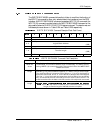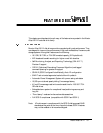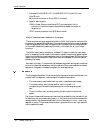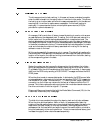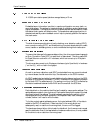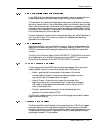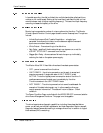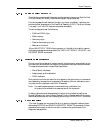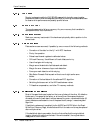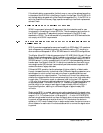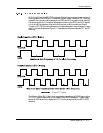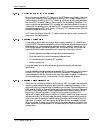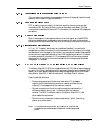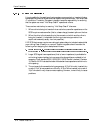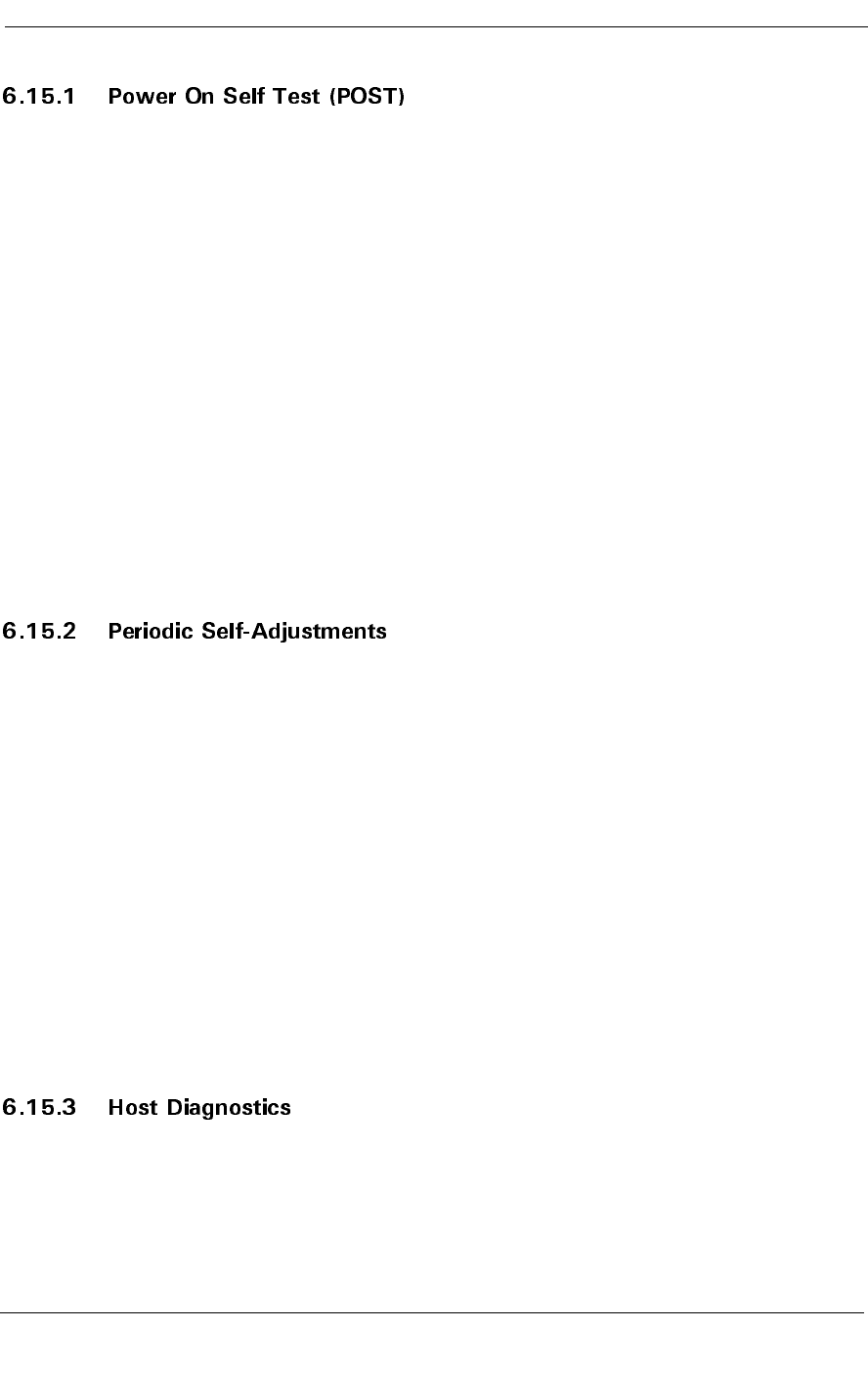
Feature Descriptions
Maxtor Atlas 10K III 6-7
The disk drive performs a self-diagnostic test immediately at power up. Both the Fault
LED and a Busy LED briefly illuminate during spin-up as a lamp test.
If the drive passes the self-tests (and the spin-up jumper is installed), it spins up and
performs further diagnostics on the Head Disk Assembly (HDA). The drive indicates
“not ready” until the HDA tests are completed successfully.
The drive diagnostics test the following:
• RAM and ROM chips
• Buffer memory
• Gate array chips
• Read/write encoding circuits
• Basic servo functions
After a SELECTION TIME following power-on, the disk drive is able to respond
with appropriate status and sense data to the TEST UNIT READY, INQUIRY, and
REQUEST SENSE commands.
During normal drive operation, certain periodic functions occur automatically so the
drive can verify and maintain the integrity of its operations and optimize performance.
The operations performed include those listed below.
• Move/Switch idle heads
• Adaptive seek profile calibration
• ROM checksum
Such periodic functions can make the drive appear to be active when no commands
are outstanding, because the drive appears to be seeking. Periodic calibrations occur
only after the drive has been inactive for 30 seconds.
Note: If a media access command is received during a calibration, the
drive aborts the calibration process and acts on the command.
If desired, calibrations can be suspended to reduce drive overhead by setting the
Manual Calibration bit in the (Vendor) Special Function Control page. If this is done,
manual calibrations can still be initiated by performing a REZERO UNIT command.
The Host Processor can command the drive to perform diagnostic tests and report
status using RECEIVE and SEND DIAGNOSTIC RESULTS commands. Certain
parameters can be sent to the drive to alter or enhance the performance of the
diagnostic tests specified.



